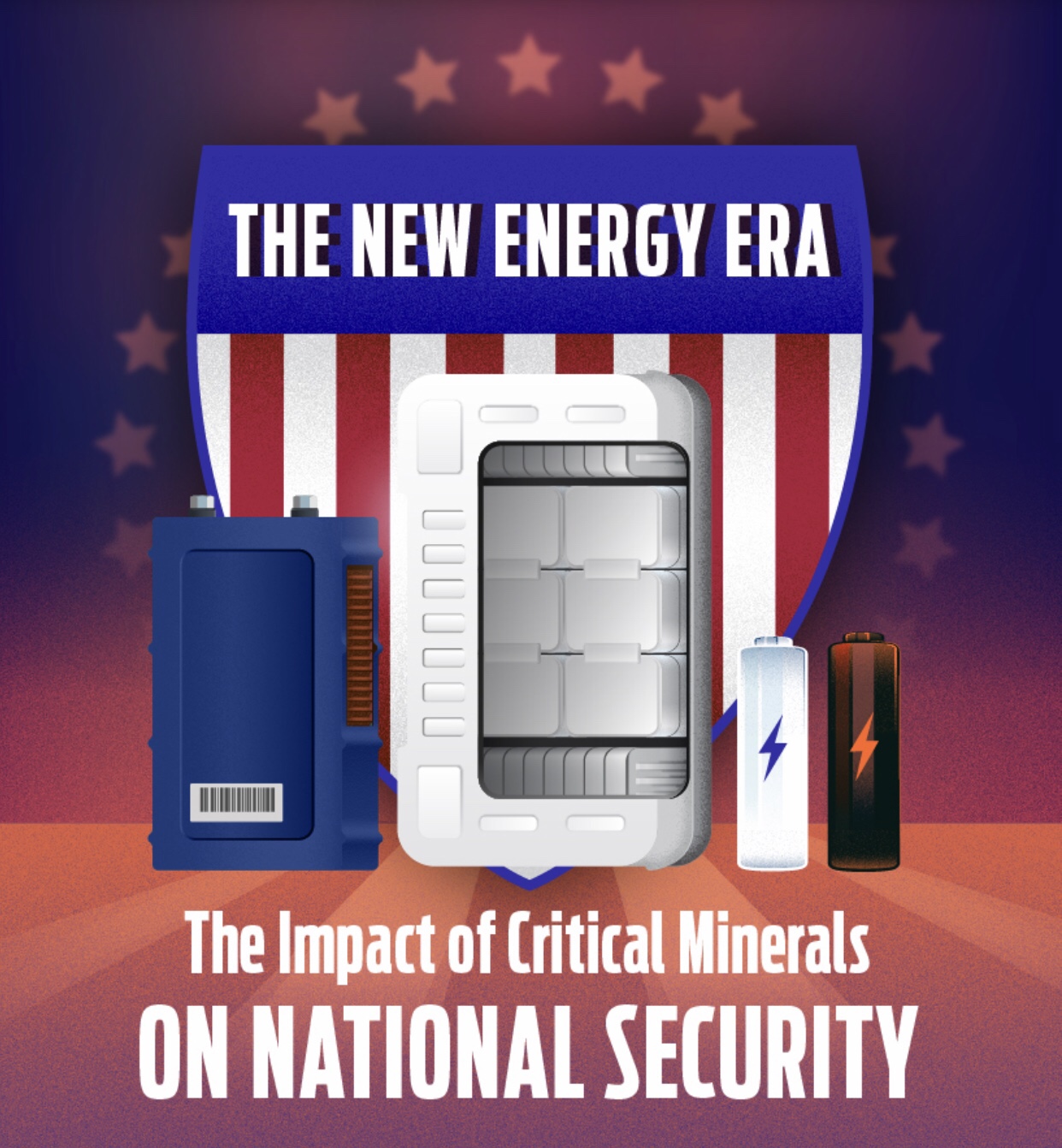The current coronavirus pandemic will have a lasting impact on many aspects of social life and public policy. With nations struggling to secure critical medicines and other supplies, many of which are sourced from China, the global crisis is increasingly exposing the challenges associated with supply chain security — for medical devices, for personal protective equipment (PPE), pharmaceuticals, and beyond.
As ARPN’s Daniel McGroarty recently pointed out:
“Just as critical medicines from China are integrated across the U.S. health care spectrum, so too are critical minerals imbedded into all aspects of the U.S. supply chains for energy, high-tech manufacturing – and most worryingly, national defense. Everything, in short, that makes 21st century America the economic and military power that it is.”
A new infographic by Visual Capitalist takes a look at “which imported minerals create the most risk for U.S. supply chains and national security.”
Showing that our mineral resource dependencies have drastically increased over the past sixty years, it outlines China’s dominance in the critical minerals field – and specifically with regards to the metals and minerals underpinning the “new energy age.”
Using lithium as a case in point, the chart points to the fact that the United States is home to vast mineral resources, and that increased domestic resource development can help reduce the above-referenced supply chain challenges.
See the full infographic here.
With COVID-19 serving as an amplifier, this message appears to be resonating in Washington, DC, where calls to strengthen domestic resource development are getting louder. With our national economic wellbeing and national security at stake, here’s hoping they don’t fall on deaf ears.





